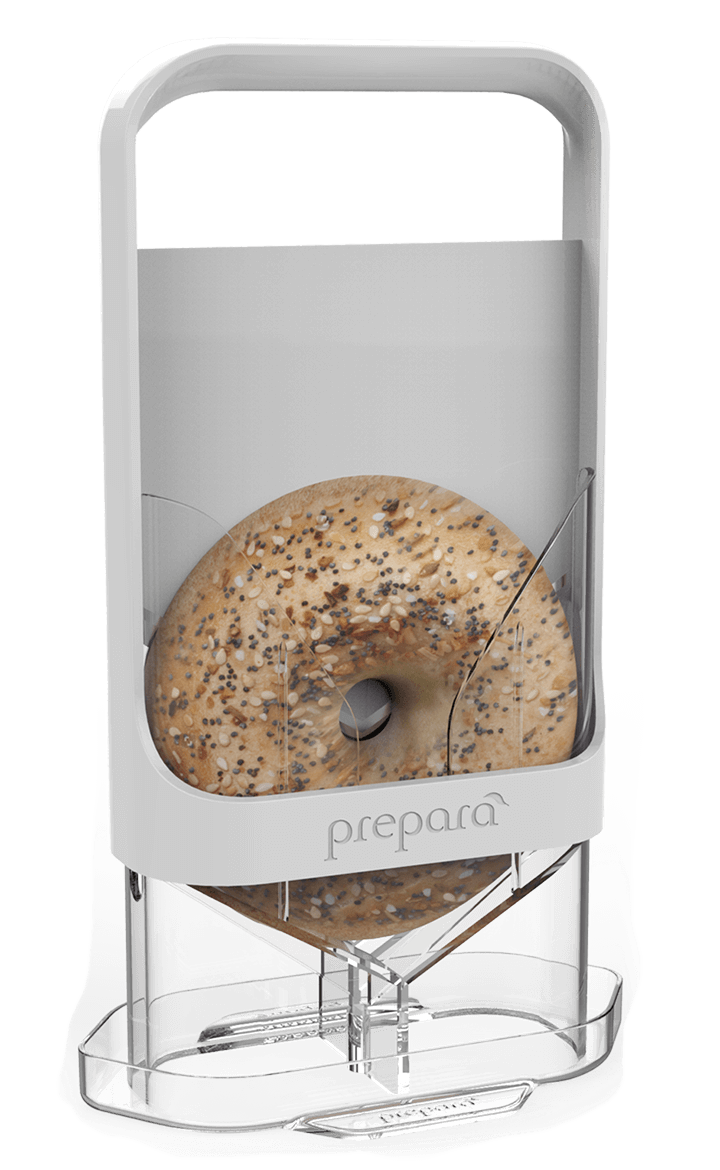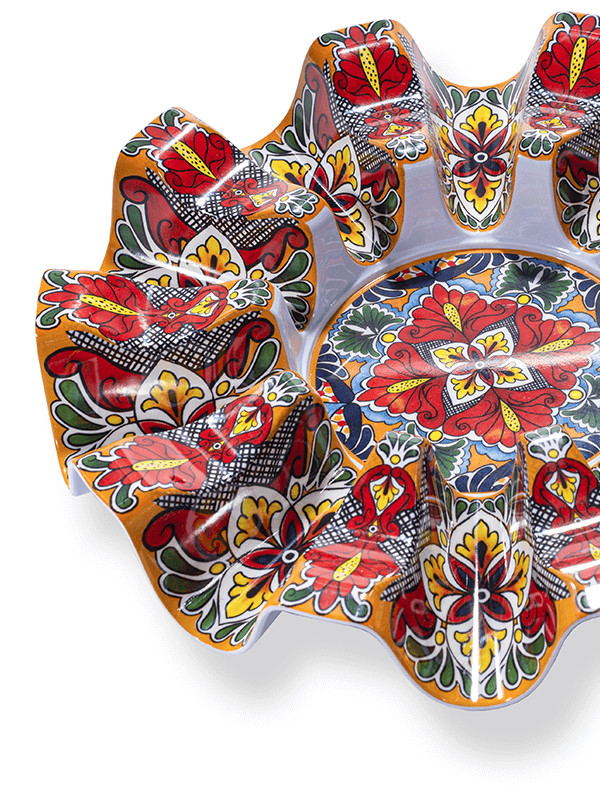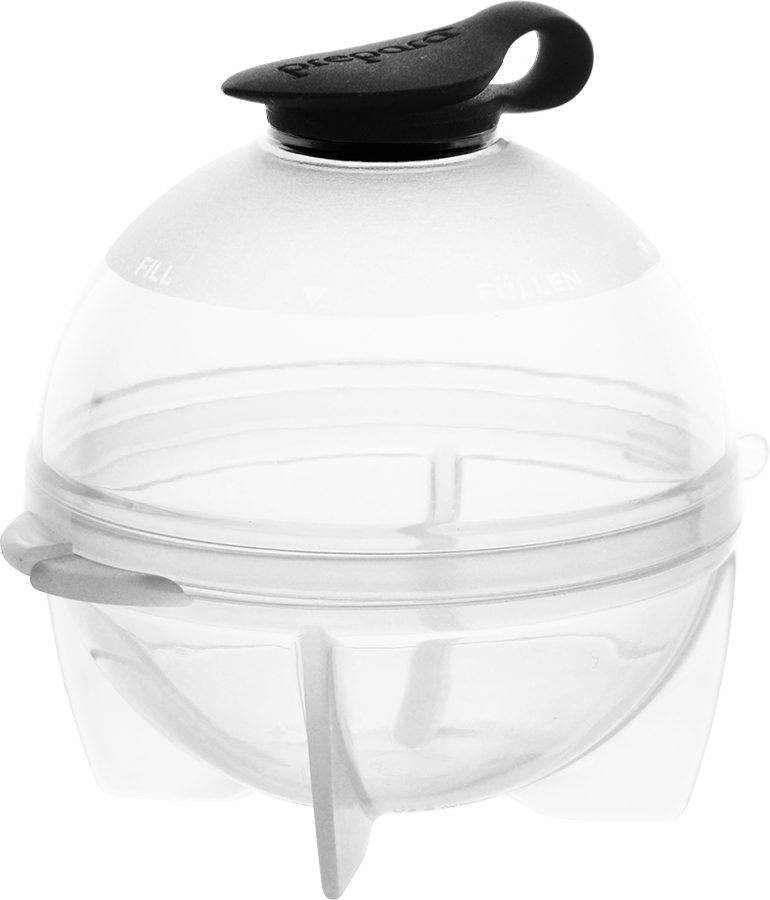By Katie Workman - As of now, any of us with young kids are now spending pretty much 24/7 with them. And even though there are bigger issues at hand, we still need to figure out what to do with our little (or not so little) guys that will provide entertainment and distraction …and maybe even a meal or a snack.
We all love our kids to pieces, but at any age confined + bored kids = trouble + too much screen time + crankiness. So, let’s shut down the dives for a bit and nudge them towards the kitchen so they can make themselves useful, and also hopefully find something fun to focus on.
People wonder when you should start getting your kids involved in cooking, and the answer is the earlier the better, but that it’s never too late. At the beginning, it’s more about getting them feeling comfortable being in the kitchen, and connected to the results. As they get older and pick up more skills, they can really have a hand in making dinner (and these days, their own lunches!). Plus, it’s a pretty well documented fact that the more involved kids are in the cooking process, the more willing they are to try new things.
Getting your child to feel comfortable and at home in the kitchen pays dividends as they get older. So whatever their age, get them in there, and give them tasks that make them feel purposeful and successful.
Following are some VERY rough ages ranges when you might think about introducing certain kitchen skills to your child. There are 6-year-olds who may be ready to try out for Top Chef Junior, and 13-year-olds whose greatest kitchen accomplishment to date is making chocolate milk. Only you know your kid’s ability and level of responsibility. So until you are assured that your child is adept at any assignment, supervise the heck out of them, especially when sharp tools and heat are part of the equation.
Kids ages 3-5: Little kids can pour, scoop, dump, stir, and sprinkle. They can help get out the equipment you need, as long as it’s not heavy or sharp. Ask them to pull out the spoons, measuring cups, and bowls. They might pull leaves from fresh herbs (which hopefully you are storing in one of these herb savors!)
Kids 5-7: Kids in this age range can do more of the above, with less help from you. This is often a good time to let them start cutting soft items with a kid-safe plastic serrated knife.
Have them try their hand at kneading bread, rolling dough, spreading sauce, brushing olive oil, cutting out cookies. They can start to weigh in on how much of a spice to add, what herbs might be fun to try in various dishes. Let them try a new kitchen gadget, like this avocado cool tool, which is safe for kids to use, or juice citrus fruit with the juiciest juicer.
And talk about everything you’re doing as you’re doing it – what happens to the consistency of butter or cream when you beat it, what happens to the outside of meat when you sear it, what adding salt to a dish does – everything is new to them, so it’s all interesting!
Kids 7-9: Even more of the above, and measuring, frosting, decorating. Maybe they can help cut things for a salad, using this chop scoop that helps keep fingers safe. Or mash some potatoes.
Don’t forget to talk about some math concepts, like fractions and multiplication, while you are measuring. Have them help read the recipe, and clarify any terms that are unfamiliar. And there are science lessons to be learned as well: talk about the chemistry that is involved with cooking and baking (and if you’re not up to speed on all of it, let your kid take the lead in looking it up online or in a book).
Also have them take part in presentation; thinking about how things look on the plate, and how to make them as appealing as possible is something some kids find extremely engaging. Encourage them to think about a nice balance of color.
Kids 9-12: At this point they may be ready to start using a real knife (begin with very soft foods, like room temperature butter or a banana). They may also be ready to get in front of a stove. Height is a factor here; if your child stands on a step stool near a stove, make very sure it’s secure and stick close. Show them how to position the handle of a pan away from them, so they won’t bump it, and to never ever look away from what they are doing.
Let them take the lead on a recipe, and you play sous chef. Start with something simple like banana bread or English Muffin Pizzas. Thinking about the order of steps, how long the preparation will take, organizing ingredients and time and tasks are all pretty useful skills.
A few more things to keep in mind:
- Allow for experimentation. Suggest your kid choose their own sandwich filling combos, let them play around in the spice drawer and mix some different spices together to make a rub, or adjust the seasonings in the taco blend recipe to their taste. Letting your kid start to play around with different ingredients will teach them so much more than always following a recipe to the letter. And who knows what they might come up with – my son at the age of 5 or so created a dish of scrambled eggs, olive and cucumbers that we ate for years (it was called Olive Percenter, because as he said “it’s 100 percent good”).
- Know it will get messy. The first time they turn on the hand mixer, not all of it will stay in the bowl. Make sure you have extra eggs on hand the first time you let your kid crack one – we all know how that can go! Cooking with kids means more chaos, more clean up, and probably more time. That’s ok: someday when your kid makes you breakfast in bed you will know that you paid it forward.
- Enlist their help when it comes time for clean-up. The earlier they realize that is part of being in the kitchen, the better!




















